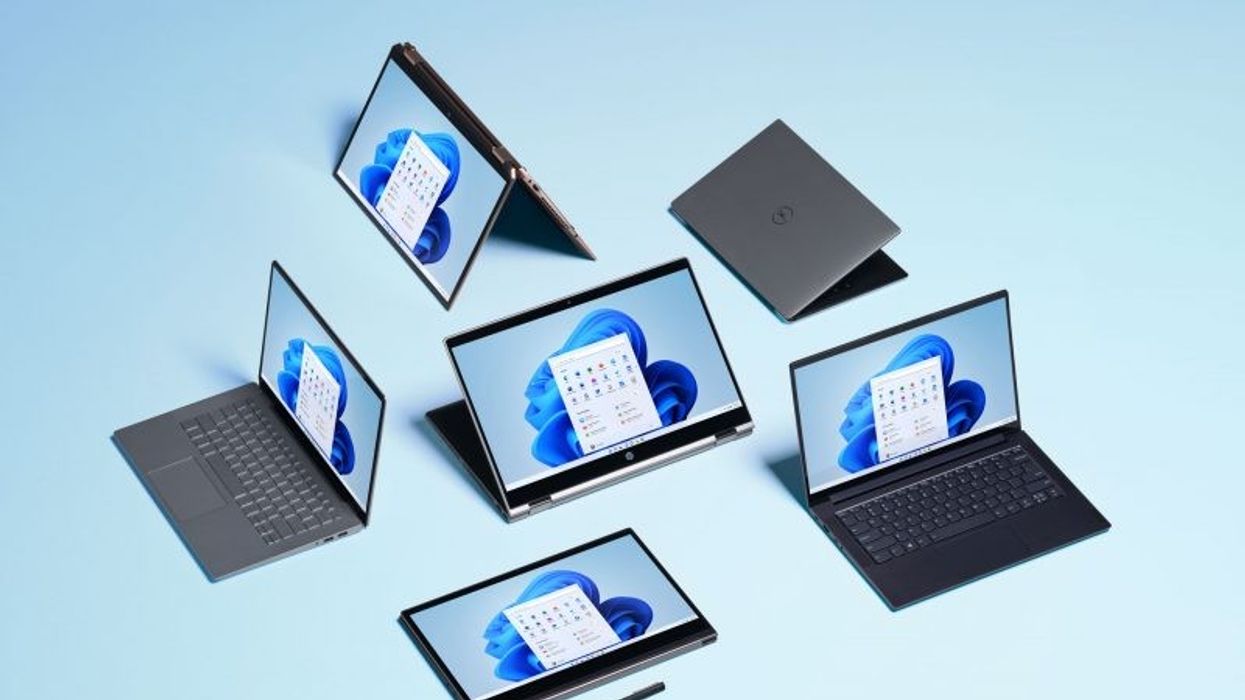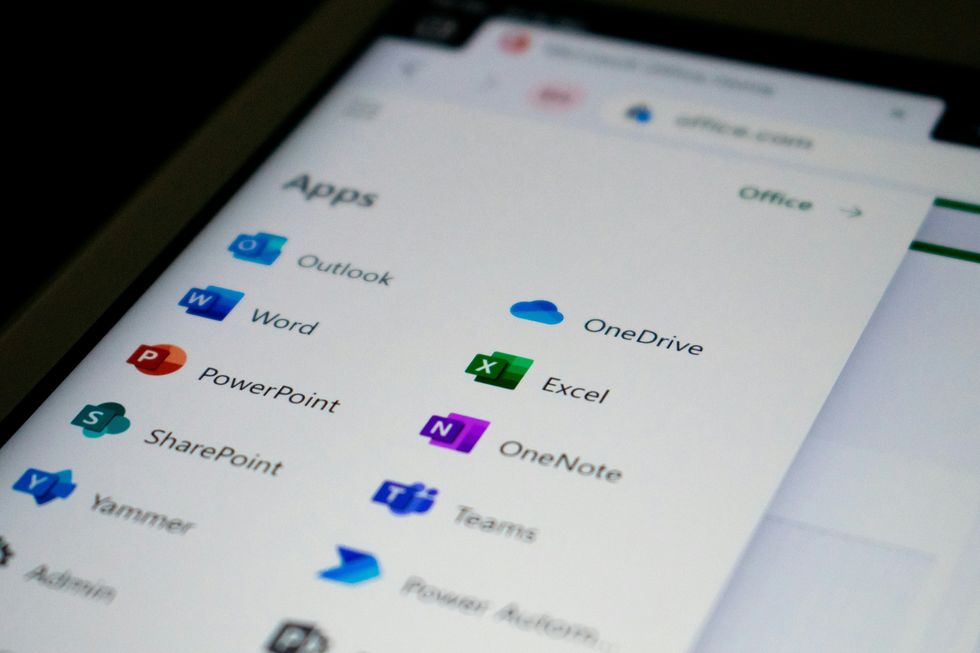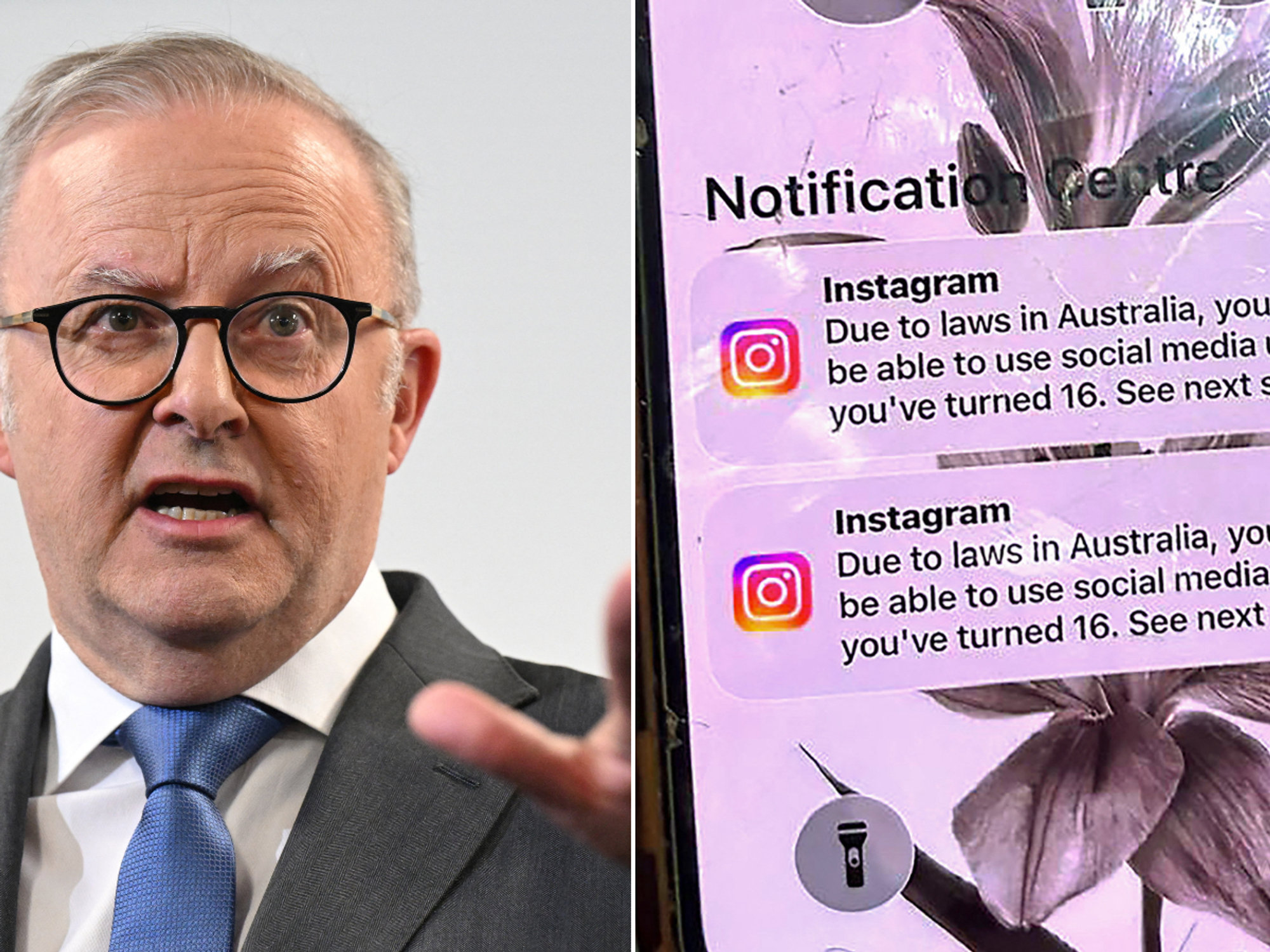Microsoft confirms new deadline for millions of PC users to abandon Windows 10

The Microsoft Surface laptop is displayed with Windows 11 in an array of compositions
|MICROSOFT PRESS
Fresh deadline announced for Microsoft Word and Outlook users
- Microsoft will stop issuing new features to its 365 apps next year
- The change only impacts those on Windows 10
- You'll need to switch operating systems after August 2026 to unlock new features
- However, Microsoft will continue to issue security patches until October 2028
- It comes as Microsoft winds down its popular Windows 10 software
- The US company will end support for the operating system from October 2025
- You'll be charged an extra fee to receive critical security updates
Don't Miss
Most Read
Latest
If you're still using Windows 10, you no longer have to scramble to update your devices to Windows 11. However, Microsoft has announced a fresh deadline for those who decide to stick with the ageing operating system, which was the most widely used version of Windows for over seven years.
Microsoft will stop adding new features to Office apps on Windows 10 from August 2026 onwards. That means you'll need to upgrade to Windows 11 if you want to use the latest features in Microsoft Word, Outlook, Excel, and other apps ...but you've got a year to decide whether you should make the switch.
This change applies to anyone with a Microsoft 365 Personal and Family subscription, as well as enterprise users.
Microsoft will continue to offer free security updates to its 365 applications after a U-turn earlier this year.
 Microsoft 365 is a subscription service that unlocks access to popular applications, like MIcrosoft Word, Excel PowerPoint, Outlook, Microsoft Teams, and more. It's available for home and enterprise users, with cloud storage via OneDrive included in the bundles | MICROSOFT PRESS OFFICE
Microsoft 365 is a subscription service that unlocks access to popular applications, like MIcrosoft Word, Excel PowerPoint, Outlook, Microsoft Teams, and more. It's available for home and enterprise users, with cloud storage via OneDrive included in the bundles | MICROSOFT PRESS OFFICE“To help maintain security while you transition to Windows 11, Microsoft will continue providing security updates for Microsoft 365 Apps on Windows 10 for three years after Windows 10 reaches end of support,” says Microsoft in an updated support article.
Without security patches, your computer becomes increasingly vulnerable to cyber threats and system bugs. Hackers actively target outdated systems, knowing they lack the latest defences.
Thankfully, applications included in the Microsoft 365 subscription will now be supported with bug fixes and patches on Windows 10 until October 10, 2028.
Like Microsoft 365 applications, Windows 10 was due to lose access to free security updates later this year. From October 14, 2025 onwards, Microsoft will no longer issue free software updates to fix vulnerabilities, bugs, and glitches.

Microsoft's popular subscription service Office 365, which offers access to the likes of Microsoft Word, Outlook, Excel, and PowerPoint, is used by 400 million people globally
| ED HARDIE | UNSPLASHWithout these critical patches, Microsoft warns that anyone still relying on Windows 10 will be left "at greater risk for viruses and malware". That's because once a flaw in the operating system has been uncovered, hackers can continue to exploit the vulnerability in millions of PCs with no fear that Microsoft will issue a fix.
Those who refused to upgrade to Windows 11 — or who didn't own compatible hardware — would be forced to pay for additional security patches. Although Microsoft later offered a way to avoid this extra cost, the looming deadline pushed hundreds of thousands to upgrade to the new version of Windows.
While it took 1,371 days, Windows 11 is finally the most popular version of Microsoft's desktop operating system. It now powers 52% of all desktop PCs and laptops that run on Windows, according to figures from StatCounter.
With over one billion devices running some version of Windows, these percentages equate to millions of new laptops, tablets, and desktop PCs. Windows 10, which has been the dominant version of Microsoft's operating system since February 2018, now sits at 44.59% market share, StatCounter shows.
It's a critical milestone for Microsoft, and there are multiple explanations for this sluggish pace, not least the fact that Microsoft marketed Windows 10 as the final version of its operating system, with the new features and design tweaks added over time, not saved up for a new version number.
"Windows 10 will be delivered as a service, bringing new innovations and updates in an ongoing manner," wrote then-Head of Windows Enterprise and Security Jim Alkove at a company Ignite event following the launch of Windows 10.
As such, many were surprised when Microsoft announced Windows 11 as "the beginning of a new generation" in late 2021.
Another critical factor was the fact that Microsoft's new operating system brought with it much stricter CPU and security requirements, preventing many PCs capable of running Windows 10 without any issue to upgrade to the latest operating system free of charge.
LATEST DEVELOPMENTS
If you're in the midst of upgrading your devices, these are the main feature differences you can expect with Windows 11.
| Feature | Windows 10 | Windows 11 |
|---|---|---|
| Release Date | July 29, 2015 | October 5, 2021 |
| User Interface | Classic Start Menu & Taskbar | Centred Start Menu & Taskbar, rounded corners |
| Performance | Good performance | Improved speed, efficiency, and battery optimisation |
| Multitasking | Snap Assist | Enhanced with Snap Layouts & Snap Groups |
| Virtual Desktops | Limited customization | Better customisation and independent wallpapers |
| Gaming | DirectX 12, limited optimization | Auto HDR, DirectStorage, optimized for gaming |
| Microsoft Teams Integration | Not built-in | Integrated directly into Taskbar |
| Touch, Pen, and Voice Input | Basic support | Enhanced touch, pen, and voice experience |
More From GB News










